One important factor to consider is SSD Durability. Unlike traditional hard drives, SSDs don’t have any moving parts, which can make them more durable in certain situations. However, not all SSDs are created equal when it comes to durability, and it’s important to choose a drive that will last as long as possible.
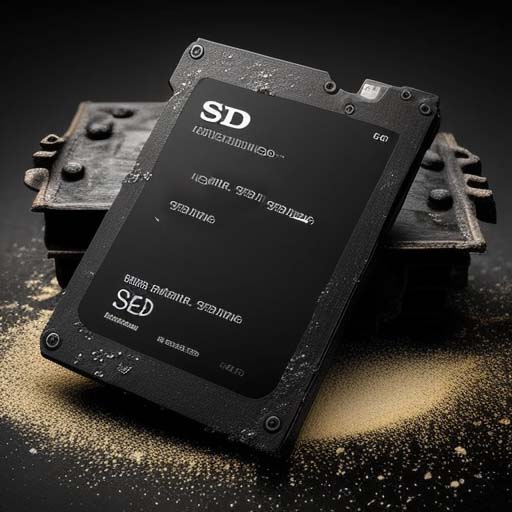
Table of Contents
No products found.
Introduction
Solid State Drives (SSDs) have become increasingly popular over the past few years due to their faster performance and reliability compared to traditional hard drives. However, one important factor that is often overlooked when selecting an SSD is SSD Durability. SSDs are not immune to wear and tear, and selecting an SSD with poor SSD Durability can result in data loss or failure over time.
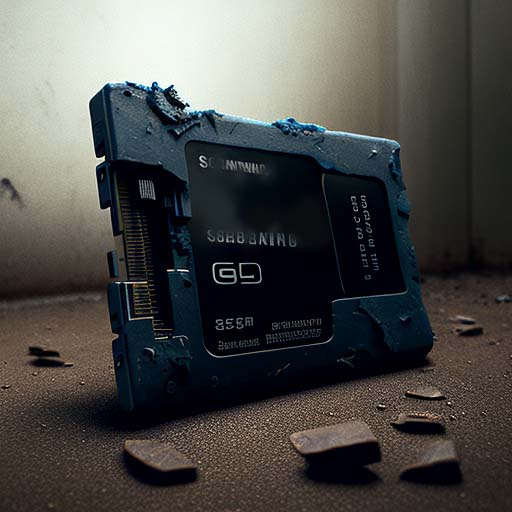
When it comes to SSD durability, there are several factors that can impact the lifespan of the drive. The type of memory cells used in the drive, the endurance rating, and the overall quality of the drive all play a significant role in its durability. Understanding these factors and how they impact SSD Durability can help you make an informed decision when selecting the right SSD for your needs.
Types of Memory Cells
- The type of memory cells used in an SSD can have a significant impact on SSD Durability. There are three main types of memory cells used in SSDs: Single-Level Cell (SLC), Multi-Level Cell (MLC), and Triple-Level Cell (TLC).
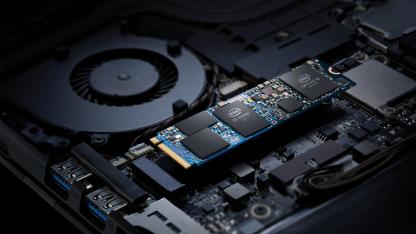
- SLC cells are the most durable and reliable of the three. They can handle a high number of write cycles, making them ideal for use in applications that require frequent data writes. However, SLC cells are also the most expensive, which can make them less practical for some users.
- MLC cells are less durable than SLC cells but are still more durable than TLC cells. They are also more affordable than SLC cells, making them a popular choice for consumers who want a balance of performance and cost-effectiveness.
- TLC cells are the least durable of the three cell types but are also the most affordable. They are typically used in budget SSDs and are suitable for applications that don’t require frequent data writes.
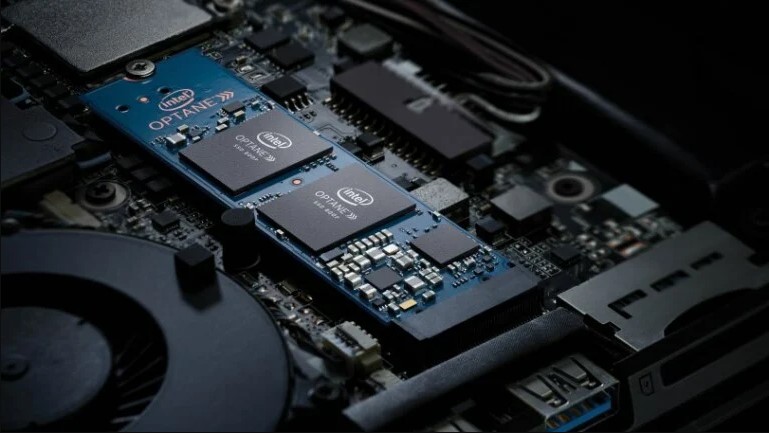
SLC cells offer the highest SSD Durability, but come at a higher cost, while MLC cells offer a balance of durability and affordability. TLC cells are the most affordable but offer the lowest SSD Durability of the three. When choosing an SSD, it’s important to consider the intended use case and balance durability with cost-effectiveness.
Endurance Rating
Endurance rating is a measure of an SSD’s ability to handle a certain amount of data writes over its lifetime. It is typically measured in Terabytes Written (TBW), which represents the amount of data that can be written to the drive before it reaches its maximum lifespan.
A high endurance rating is important for users who require frequent data writes, such as gamers or content creators. It ensures that the drive can handle heavy workloads without degrading in performance or failing prematurely.
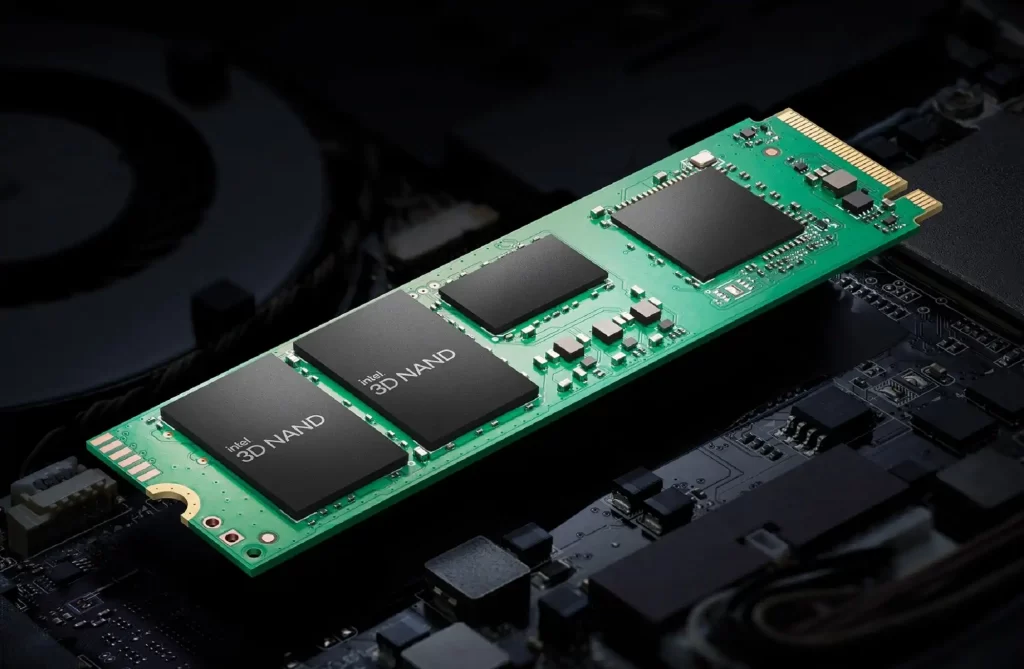
When selecting an SSD, it’s important to consider the SSD Durability rating and choose a drive with a high TBW rating that meets your needs. However, it’s also important to note that endurance rating isn’t the only factor that affects SSD durability. The type of memory cells used in the drive and overall quality of the drive are also important factors to consider.
To choose an SSD Durability with a high endurance rating, look for drives from reputable brands that have been rigorously tested for SSD Durability. It’s also important to consider the intended use case and choose a drive with a TBW rating that is suitable for your needs. For example, a drive with a TBW rating of 600 might be suitable for general use, while a drive with a TBW rating of 1,200 might be better for heavy workloads.
Reputable Brands
When it comes to purchasing an SSD, choosing a reputable brand is crucial to ensuring the SSD Durability and reliability of the drive. There are several well-known SSD brands on the market today, including Samsung, Crucial, Intel, Kingston, and Western Digital.
One of the benefits of choosing a reputable brand is the peace of mind that comes with knowing the drive has been rigorously tested for durability and reliability. Reputable brands also typically offer longer warranties and better customer support than lesser-known brands, which can be important if you encounter any issues with the drive.
In addition, reputable brands often have a wider selection of drives to choose from, including drives with high endurance ratings and advanced features such as hardware encryption and power-loss protection.
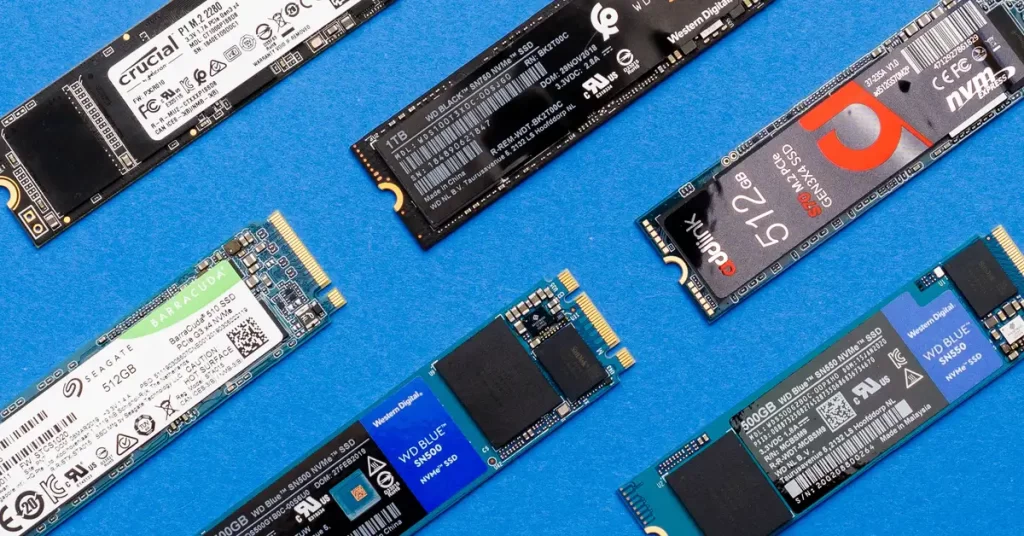
Here are some of the most reliable SSD brands on the market today:
- Samsung: Samsung is a leader in the tech industry and has been producing high-quality SSDs for many years. Their SSDs are known for their speed, reliability, and durability. Some of them like SAMSUNG 980 PRO SSD 2TB PCIe NVMe Gen 4 , SAMSUNG 980 SSD 1TB PCle 3.0×4
- Western Digital: Western Digital is a well-known brand that offers a wide range of SSD options. Their SSDs are known for their excellent performance, reliability, and compatibility with a variety of devices.
- Crucial: Crucial is a subsidiary of Micron Technology and offers a range of reliable and affordable SSDs. Their SSDs are known for their excellent read/write speeds and long lifespan.
- Kingston: Kingston is another reliable SSD brand that offers a range of high-performance SSDs. Their SSDs are known for their SSD Durability, speed, and compatibility with a variety of devices.
- Intel: Intel is a trusted name in the tech industry and its SSDs are no exception. Their SSDs are known for their high read/write speeds and reliability.
Proper Care and Maintenance
Proper care and maintenance are essential to ensure the longevity and performance of your SSD. Here are some tips for taking care of your SSD:
- Avoid extreme temperatures – High temperatures can cause SSD components to degrade, while low temperatures can cause condensation and other issues. Keep your SSD in a cool, dry place to avoid temperature-related damage.
- Avoid physical damage – SSDs are relatively durable, but they can still be damaged by drops, impacts, or other physical trauma. Handle your SSD with care and avoid dropping or otherwise damaging it.
- Use a surge protector – Power surges and other electrical issues can damage your SSD or cause data loss. Use a surge protector to protect your computer and your SSD from these issues.
- Keep your SSD clean – Dust, debris, and other contaminants can clog up your SSD and cause it to overheat or fail. Regularly clean your computer and your SSD to keep them free of dust and other contaminants.
- Avoid overuse – While SSDs are designed to handle heavy workloads, overuse can still cause wear and tear. Avoid using your SSD for long periods of time without breaks, and give it time to cool down between heavy workloads.
By taking these steps, you can help ensure that your SSD remains durable and reliable for years to come. Remember, proper care and maintenance are just as important as choosing a high-quality SSD from a reputable brand.
No products found.
Top Picks
No products found.
Compare Products
No products found.